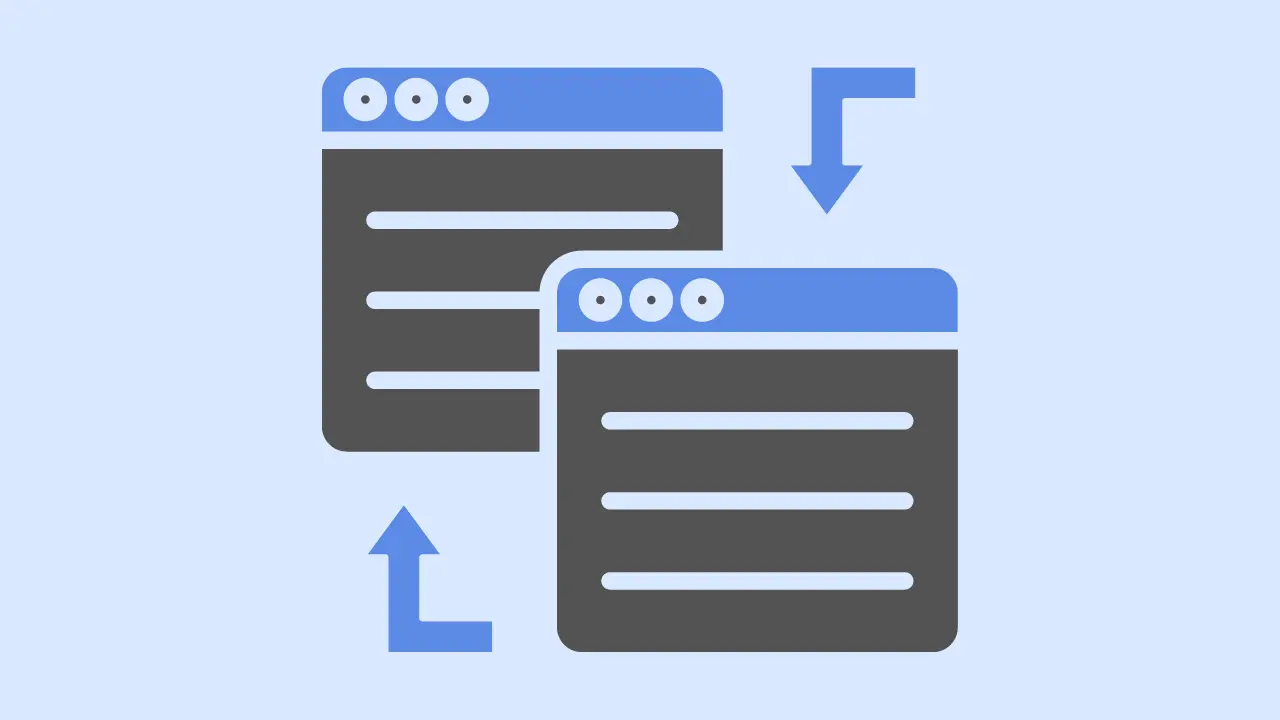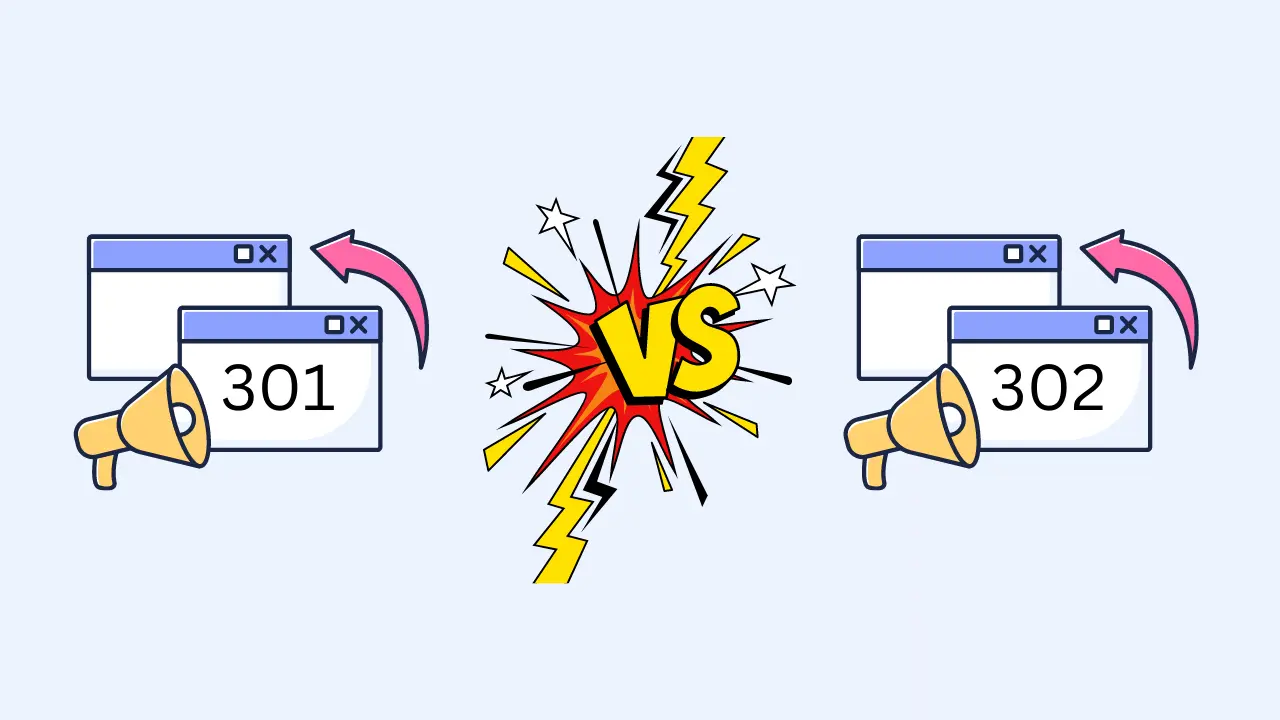Are redirects bad for SEO?
Redirects are not inherently bad for SEO, but they can have a negative impact if not implemented properly. Redirects are often necessary when moving or updating content on a website, and they help search engines understand the changes and maintain the SEO value of the original content.
There are two common types of redirects:
- 301 (permanent)
- 302 (temporary)
Is 301 or 302 better for SEO?
Both 301 and 302 redirects serve different purposes and can impact SEO differently.
A 301 redirect is a permanent redirect, which tells search engines that the content of a page has moved permanently to a new location. This type of redirect passes most of the original page’s ranking power (link equity) to the new URL.
301 redirects are generally better for SEO when you want to consolidate the ranking power of the old page and ensure the new page gets indexed quickly.
A 302 redirect is a temporary redirect, which tells search engines that the content of a page has moved temporarily to a new location but will return to the original location at some point.
This type of redirect does not pass the same amount of ranking power as a 301 redirect. Search engines may continue to index the original URL, as they expect the content to return. 302 redirects are useful for temporary changes, such as site maintenance or testing.
Do domain redirects help SEO?
Domain redirects can be beneficial for SEO when they’re implemented correctly. They help search engines understand that the content has moved from one URL to another, preserving the link equity and rankings from the original page.
The most common and effective type of domain redirect for SEO purposes is implementing the 301 (permanent) redirect, as it signals that the original URL has been permanently moved to a new location.
However, it’s essential to ensure that the new page is relevant and maintains the same content as the original page to avoid any potential negative impact on SEO.
Do 302 redirects hurt SEO?
A 302 redirect is a temporary redirect, indicating that the original content is expected to return to its initial URL. While it might not directly hurt your SEO, it can cause confusion for search engines and lead to indexing issues.
Because search engines consider the redirect temporary, they may not pass the link equity to the new URL as they would with a 301 redirect. This could result in a drop in rankings and organic traffic.
Therefore, it’s better to use a 301 redirect if the change is permanent, and reserve 302 redirects for short-term, temporary changes.
Are 307 redirects bad for SEO?
A 307 redirect, like a 302 redirect, is a temporary redirect. The main difference is that a 307 redirect maintains the original HTTP method (such as GET or POST) when redirecting.
While it is not inherently bad for SEO, it shares the same potential pitfalls as a 302 redirect. It may cause confusion for search engines and lead to indexing issues.
To avoid such issues, you should only use 307 redirects when necessary and for short-term changes.
Should I use 302 or 307?
Your choice between a 302 and 307 redirect depends on your specific use case.
If you require a temporary redirect and need to maintain the original HTTP method (e.g., for a form submission), a 307 redirect might be the better choice.
However, if maintaining the HTTP method is not crucial, a 302 redirect is sufficient.
In both cases, remember that these redirects are for temporary changes, and for permanent changes, a 301 redirect is more appropriate for SEO purposes.




